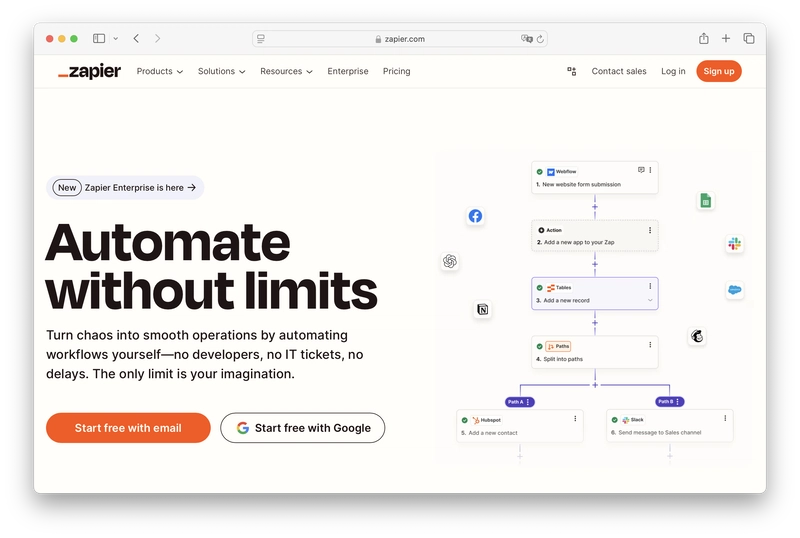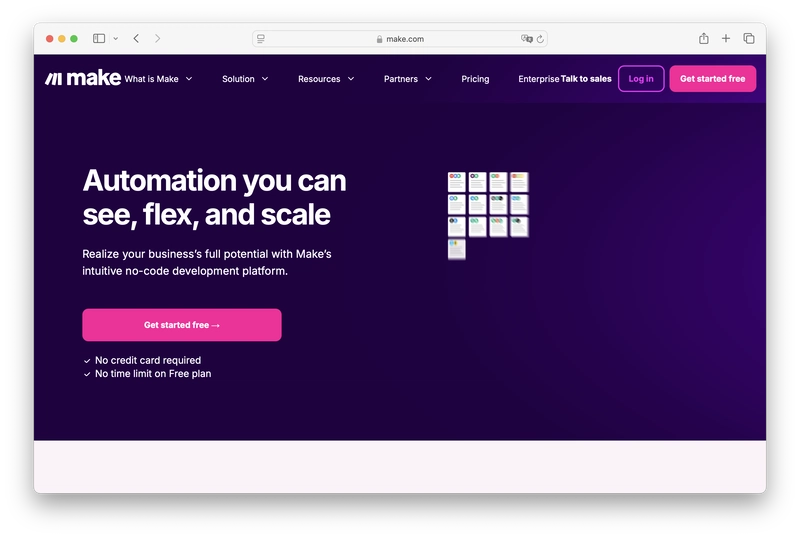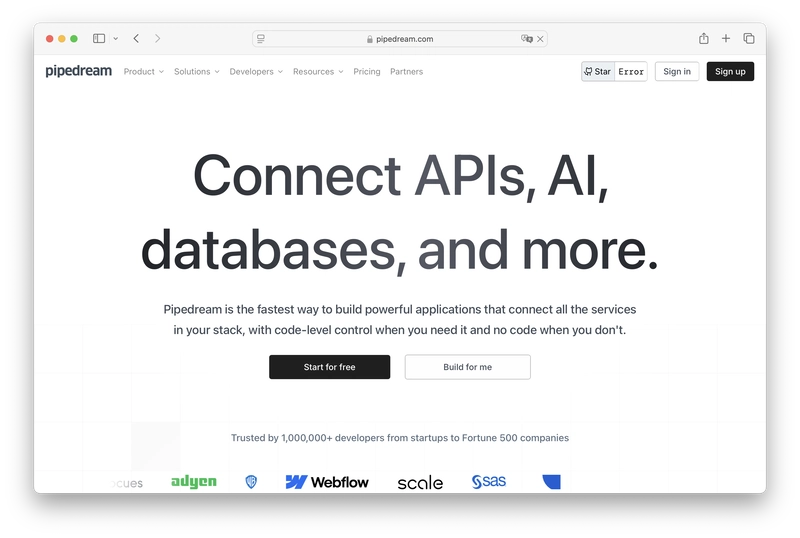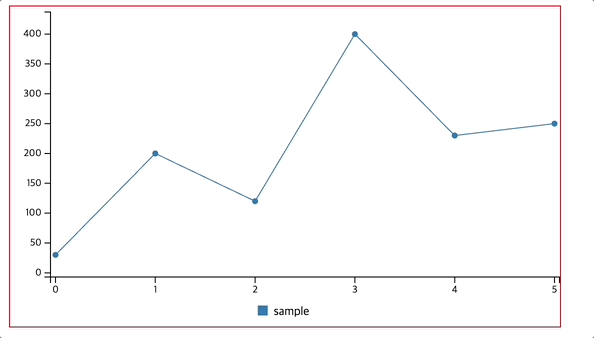5 Awesome n8n Alternatives
n8n is the hottest "ai native" automation tool on the market right now. Basically no-code for AI workflows, BUT the pricing can be a bit daunting, with the cheapest paid plan starting at 24/month with a lot of limitations. If you're not confident enough in self-hosting n8n you might be looking for an alternative to n8n. In this blog post we're going to take a look at 5 of the most relevant alternatives to n8n! Let's automate some stuff!:D 1. Zapier Zapier is a widely-used, cloud-based automation tool that connects over 7,000 apps with a user-friendly interface, enabling no-code workflows called "Zaps" Features: Multi-step workflows (Zaps), conditional logic, data formatting, and a vast library of pre-built integrations. Why You Should Use It: Its simplicity and extensive app ecosystem make it ideal for non-technical users who need quick, reliable automations without coding. Why Not: Limited customization for advanced users, and pricing can escalate quickly with higher usage, making it less cost-effective for complex or high-volume workflows. Pricing: Free tier (100 tasks/month, single-step Zaps); paid plans start at $19.99/month (750 tasks) up to $69/month (2,000 tasks), with enterprise options available. 2. Make (formerly Integromat) Make is a visual, no-code automation platform that offers detailed control over workflows with a drag-and-drop interface, suitable for both simple and complex automations. Features: Visual workflow builder, advanced conditional logic, error handling, data transformation, and over 1,500 app integrations. Why You Should Use It: Offers granular control and flexibility, making it great for users who want to design intricate workflows without coding. Why Not: Steeper learning curve than Zapier, and pricing is based on "operations," which can become expensive for heavy users. Pricing: Free tier (1,000 operations/month); paid plans start at $9/month (10,000 operations) up to $29/month (40,000 operations), with custom enterprise pricing. 3. Latenode Latenode is an emerging automation tool that blends no-code and low-code capabilities with AI-driven features, offering a flexible alternative to n8n. Features: Visual editor, AI copilot for code generation, custom JavaScript/TypeScript nodes, and a growing library of integrations. Why You Should Use It: Combines ease of use with powerful customization, including AI enhancements, at a transparent, usage-based price—ideal for tech-savvy users or businesses seeking innovation. Why Not: Smaller integration library compared to Zapier or Make, and requires some technical knowledge for advanced features. Pricing: Free tier (limited usage); paid plans start at $17/month (10,000 scenarios), with pricing based on real resource usage rather than tasks or operations. 4. Pipedream Pipedream is a developer-focused, cloud-based platform that combines pre-built integrations with custom code (JavaScript, Python, etc.) for highly customizable workflows. Features: Code-level customization, 1,000+ integrations, event-driven triggers, and a free self-hosting option via open-source code. Why You Should Use It: Perfect for developers who need flexibility and control, with a generous free tier and cost-effective scaling. Why Not: Requires coding skills for full potential, and the interface may feel less intuitive for non-technical users. Pricing: Free tier (10,000 credits/month, ~10,000 invocations); paid plans start at $19/month (20,000 credits) up to $99/month (100,000 credits). 5. Node-RED Node-RED is an open-source, low-code tool designed for IoT and API-driven workflows, using a flow-based visual editor that appeals to developers and hobbyists. Features: Flow-based programming, custom JavaScript functions, extensive community-contributed nodes, and self-hosting capability. Why You Should Use It: Free, highly customizable, and ideal for IoT projects or users comfortable with self-hosting and some coding. Why Not: Steep learning curve, limited native integrations (relies on community nodes), and requires setup/maintenance for self-hosting. Pricing: Completely free (open-source, self-hosted). Conclusion Tool Features Ease of Use Integrations Pricing Zapier Multi-step Zaps, conditional logic Very easy, no-code 7,000+ apps Free (100 tasks); $19.99-$69/mo Make Visual builder, advanced logic Moderate, no-code 1,500+ apps Free (1,000 ops); $9-$29/mo Latenode AI copilot, custom nodes Moderate, low-code Growing library Free tier; $17/mo (usage-based) Pipedream Code customization, event triggers Hard, pro-code 1,000+ apps Free (10,000 credits); $19-$99/mo Node-RED Flow-based, custom JS Hard, low-code Community-driven Free (self-hosted) Each tool caters to different needs: Zapier for simplicity, Make for control, Latenode for innovation, Pipedream for developers, and Node-RED for cost-free customization. Choose

n8n is the hottest "ai native" automation tool on the market right now. Basically no-code for AI workflows, BUT the pricing can be a bit daunting, with the cheapest paid plan starting at 24/month with a lot of limitations. If you're not confident enough in self-hosting n8n you might be looking for an alternative to n8n. In this blog post we're going to take a look at 5 of the most relevant alternatives to n8n!
Let's automate some stuff!:D
1. Zapier
Zapier is a widely-used, cloud-based automation tool that connects over 7,000 apps with a user-friendly interface, enabling no-code workflows called "Zaps"
- Features: Multi-step workflows (Zaps), conditional logic, data formatting, and a vast library of pre-built integrations.
- Why You Should Use It: Its simplicity and extensive app ecosystem make it ideal for non-technical users who need quick, reliable automations without coding.
- Why Not: Limited customization for advanced users, and pricing can escalate quickly with higher usage, making it less cost-effective for complex or high-volume workflows.
- Pricing: Free tier (100 tasks/month, single-step Zaps); paid plans start at $19.99/month (750 tasks) up to $69/month (2,000 tasks), with enterprise options available.
2. Make (formerly Integromat)
Make is a visual, no-code automation platform that offers detailed control over workflows with a drag-and-drop interface, suitable for both simple and complex automations.
- Features: Visual workflow builder, advanced conditional logic, error handling, data transformation, and over 1,500 app integrations.
- Why You Should Use It: Offers granular control and flexibility, making it great for users who want to design intricate workflows without coding.
- Why Not: Steeper learning curve than Zapier, and pricing is based on "operations," which can become expensive for heavy users.
- Pricing: Free tier (1,000 operations/month); paid plans start at $9/month (10,000 operations) up to $29/month (40,000 operations), with custom enterprise pricing.
3. Latenode
Latenode is an emerging automation tool that blends no-code and low-code capabilities with AI-driven features, offering a flexible alternative to n8n.
- Features: Visual editor, AI copilot for code generation, custom JavaScript/TypeScript nodes, and a growing library of integrations.
- Why You Should Use It: Combines ease of use with powerful customization, including AI enhancements, at a transparent, usage-based price—ideal for tech-savvy users or businesses seeking innovation.
- Why Not: Smaller integration library compared to Zapier or Make, and requires some technical knowledge for advanced features.
- Pricing: Free tier (limited usage); paid plans start at $17/month (10,000 scenarios), with pricing based on real resource usage rather than tasks or operations.
4. Pipedream
Pipedream is a developer-focused, cloud-based platform that combines pre-built integrations with custom code (JavaScript, Python, etc.) for highly customizable workflows.
- Features: Code-level customization, 1,000+ integrations, event-driven triggers, and a free self-hosting option via open-source code.
- Why You Should Use It: Perfect for developers who need flexibility and control, with a generous free tier and cost-effective scaling.
- Why Not: Requires coding skills for full potential, and the interface may feel less intuitive for non-technical users.
- Pricing: Free tier (10,000 credits/month, ~10,000 invocations); paid plans start at $19/month (20,000 credits) up to $99/month (100,000 credits).
5. Node-RED
Node-RED is an open-source, low-code tool designed for IoT and API-driven workflows, using a flow-based visual editor that appeals to developers and hobbyists.
- Features: Flow-based programming, custom JavaScript functions, extensive community-contributed nodes, and self-hosting capability.
- Why You Should Use It: Free, highly customizable, and ideal for IoT projects or users comfortable with self-hosting and some coding.
- Why Not: Steep learning curve, limited native integrations (relies on community nodes), and requires setup/maintenance for self-hosting.
- Pricing: Completely free (open-source, self-hosted).
Conclusion
| Tool | Features | Ease of Use | Integrations | Pricing |
|---|---|---|---|---|
| Zapier | Multi-step Zaps, conditional logic | Very easy, no-code | 7,000+ apps | Free (100 tasks); $19.99-$69/mo |
| Make | Visual builder, advanced logic | Moderate, no-code | 1,500+ apps | Free (1,000 ops); $9-$29/mo |
| Latenode | AI copilot, custom nodes | Moderate, low-code | Growing library | Free tier; $17/mo (usage-based) |
| Pipedream | Code customization, event triggers | Hard, pro-code | 1,000+ apps | Free (10,000 credits); $19-$99/mo |
| Node-RED | Flow-based, custom JS | Hard, low-code | Community-driven | Free (self-hosted) |
Each tool caters to different needs: Zapier for simplicity, Make for control, Latenode for innovation, Pipedream for developers, and Node-RED for cost-free customization. Choose based on your technical skill, budget, and workflow complexity!
Did I miss anything? Let me know in the comments!
Cheers,
Jonas, Co-Founder sliplane.io


















































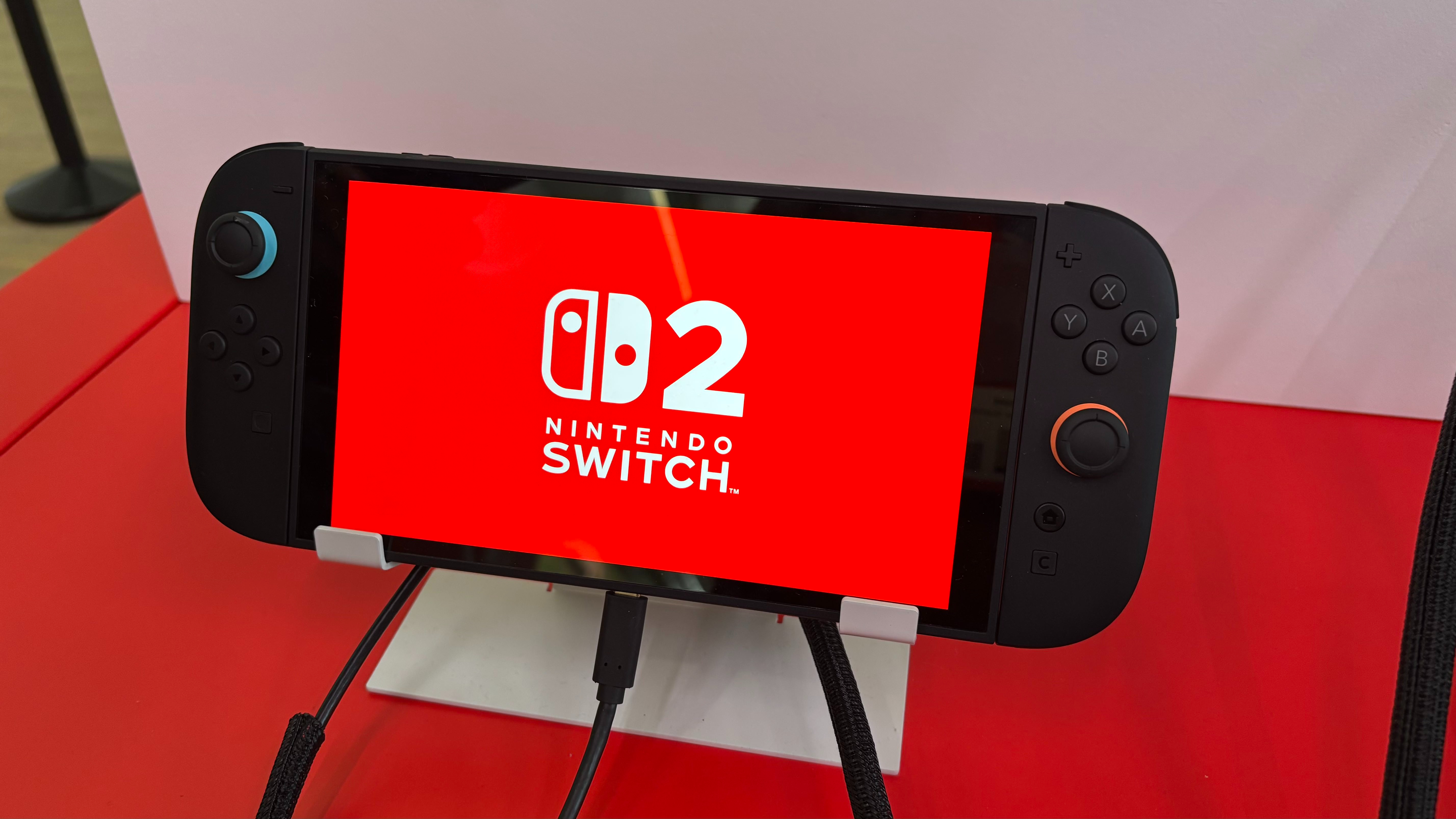










![Apple Releases macOS Sequoia 15.5 Beta to Developers [Download]](https://www.iclarified.com/images/news/96915/96915/96915-640.jpg)
![Amazon Makes Last-Minute Bid for TikTok [Report]](https://www.iclarified.com/images/news/96917/96917/96917-640.jpg)
![Apple Releases iOS 18.5 Beta and iPadOS 18.5 Beta [Download]](https://www.iclarified.com/images/news/96907/96907/96907-640.jpg)
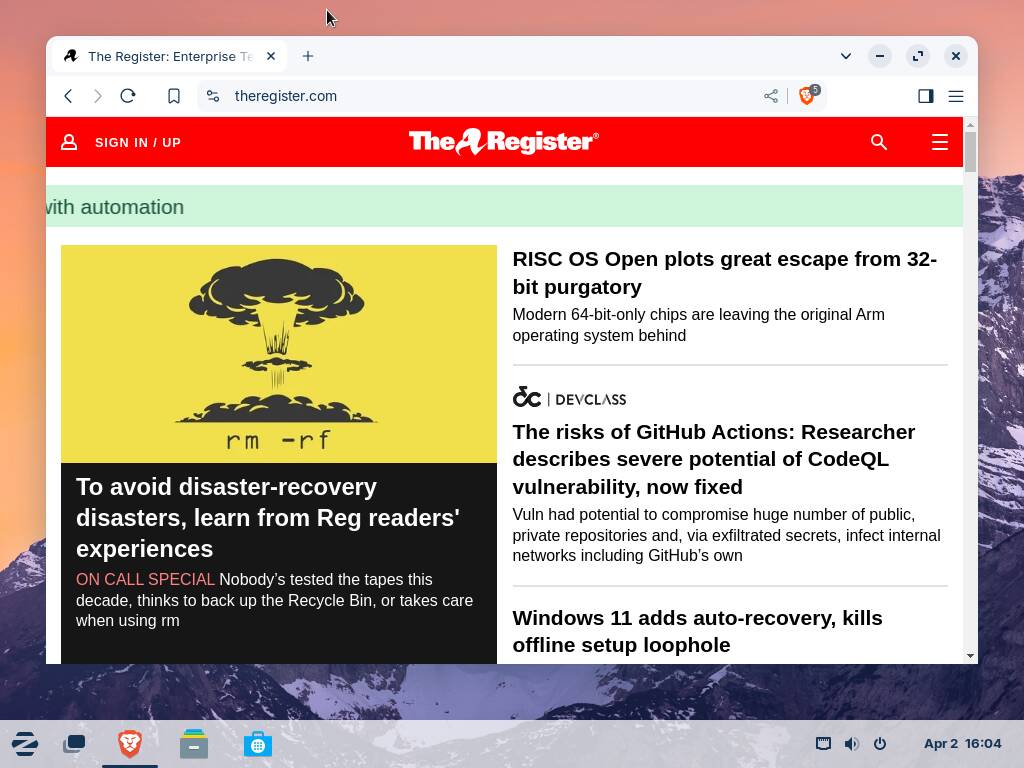



















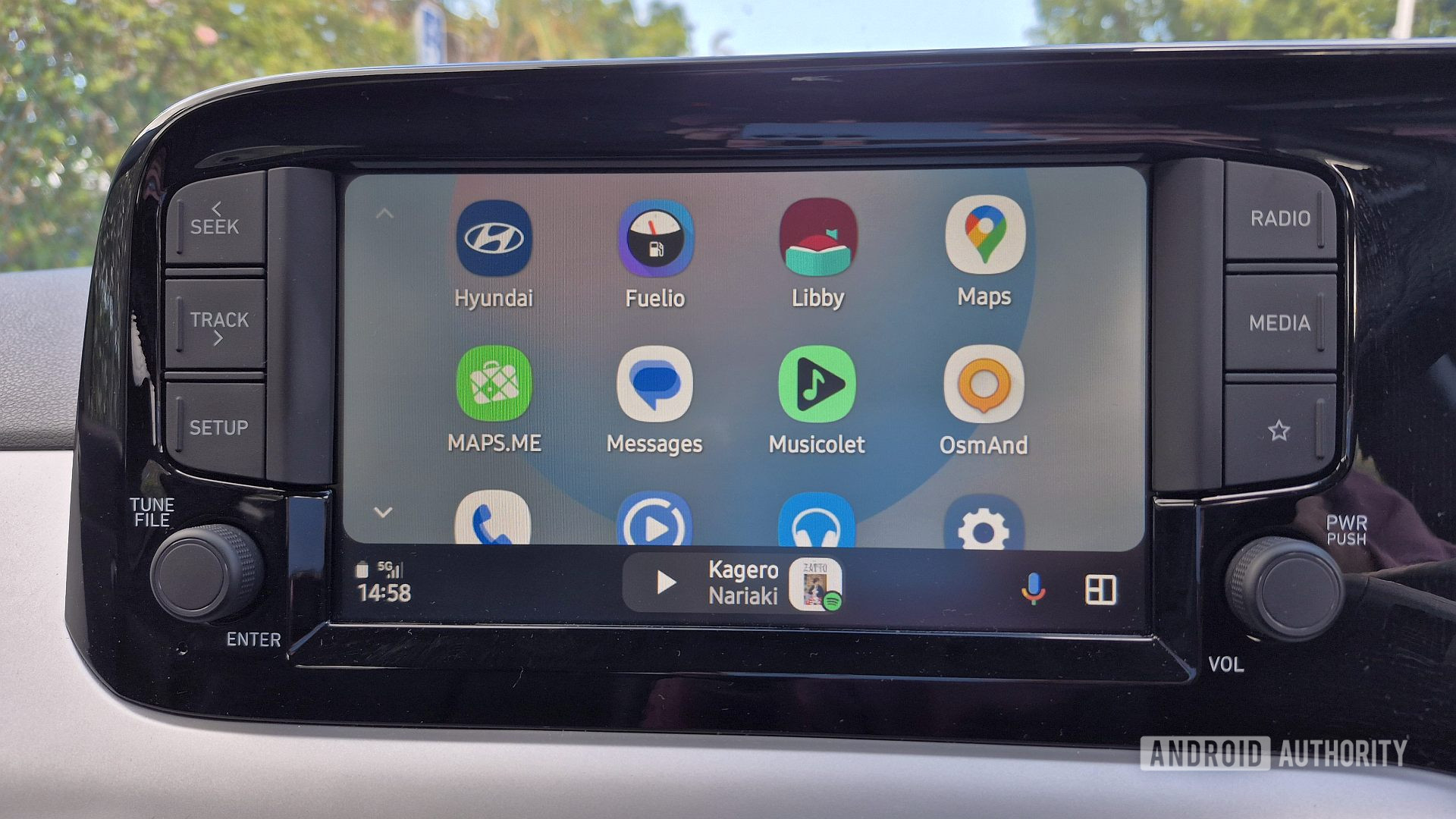













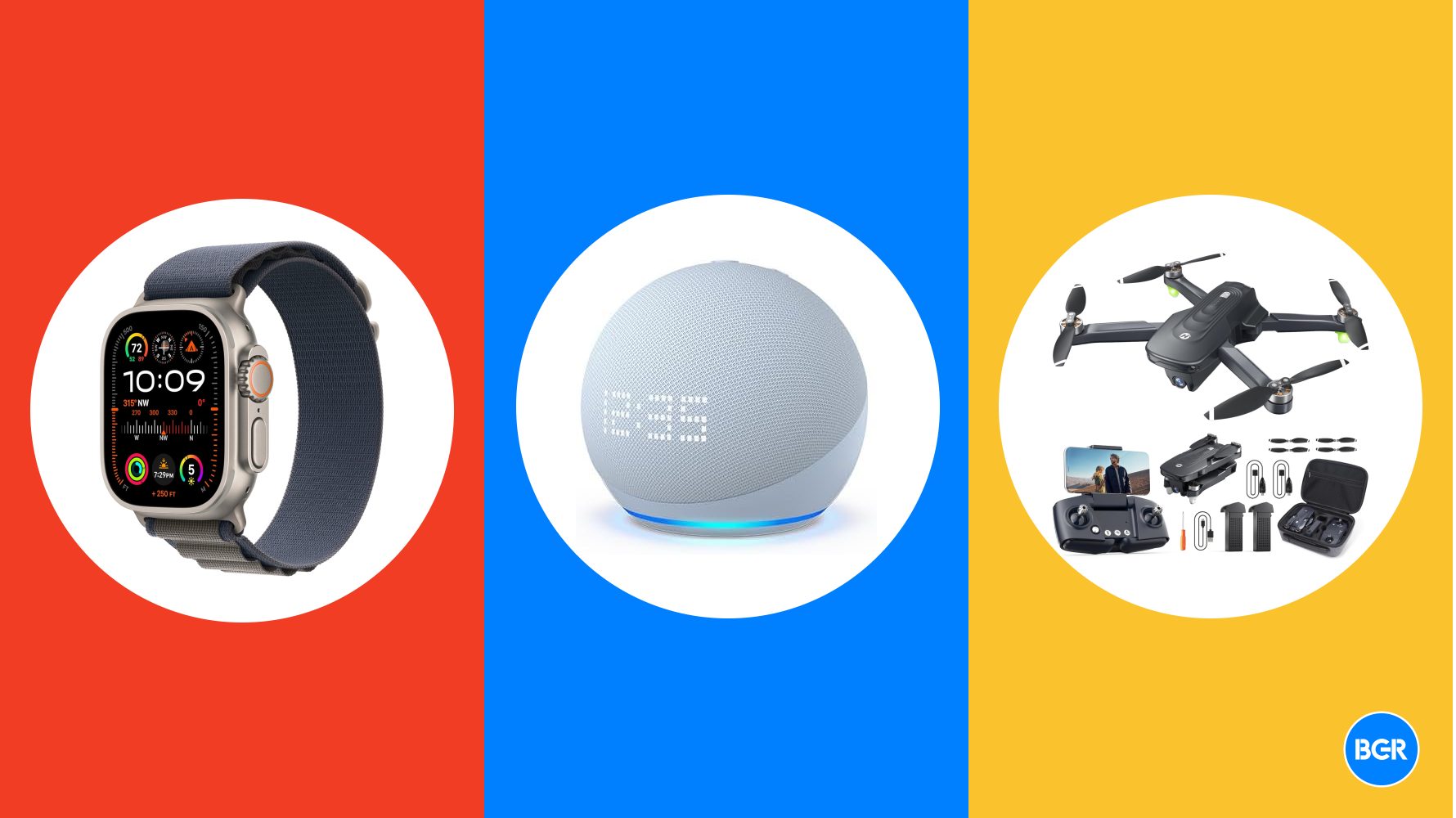





















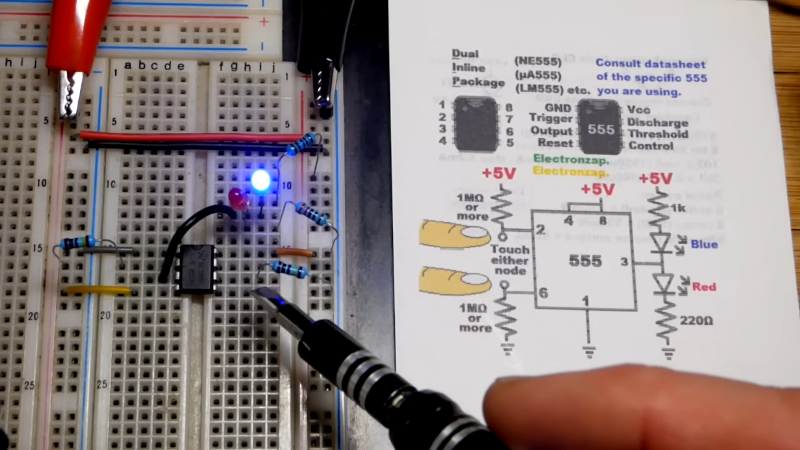





















































.jpg?#)












































































![[The AI Show Episode 142]: ChatGPT’s New Image Generator, Studio Ghibli Craze and Backlash, Gemini 2.5, OpenAI Academy, 4o Updates, Vibe Marketing & xAI Acquires X](https://www.marketingaiinstitute.com/hubfs/ep%20142%20cover.png)
























































































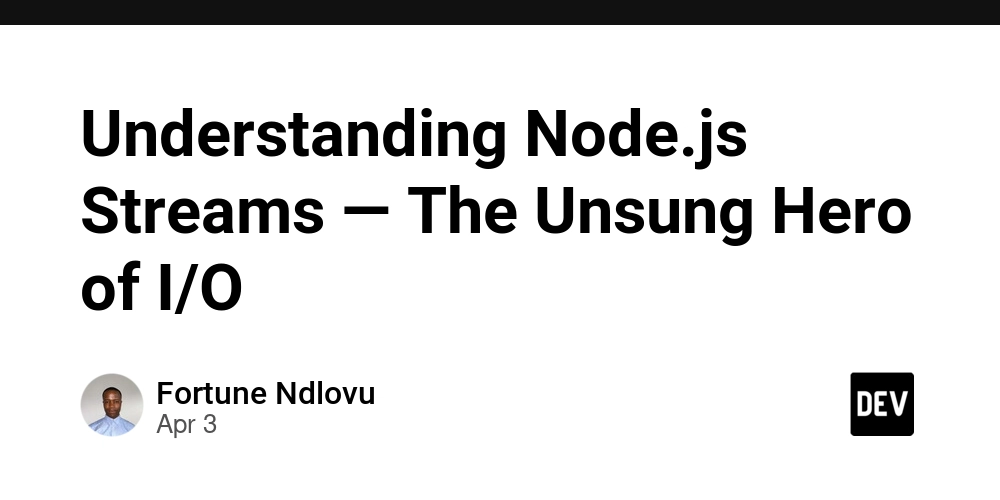


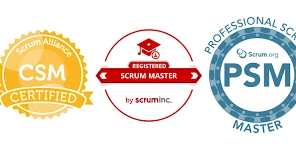




















![Is this a suitable approach to architect a flutter app? [closed]](https://i.sstatic.net/4hMHGb1L.png)




















![[DEALS] Microsoft Office Professional 2021 for Windows: Lifetime License (75% off) & Other Deals Up To 98% Off – Offers End Soon!](https://www.javacodegeeks.com/wp-content/uploads/2012/12/jcg-logo.jpg)



























-Nintendo-Switch-2-–-Overview-trailer-00-00-32-(1)_HCqcxO1.png?width=1920&height=1920&fit=bounds&quality=80&format=jpg&auto=webp#)


























































